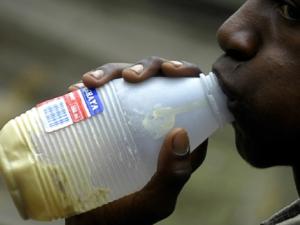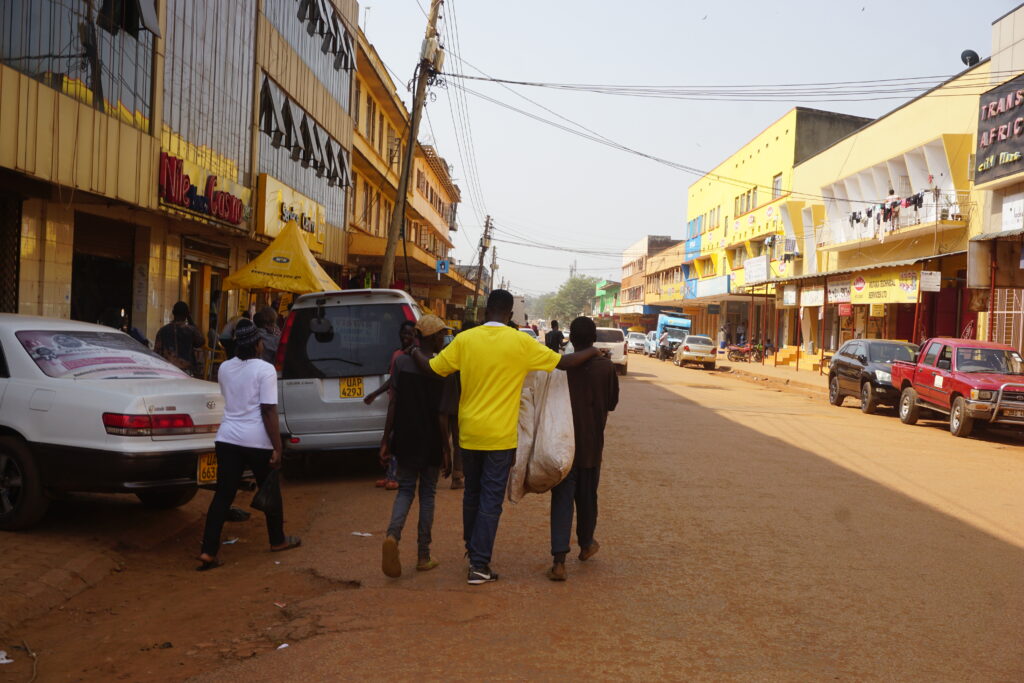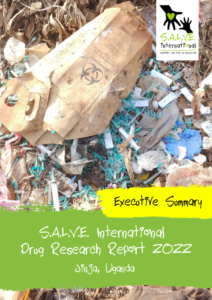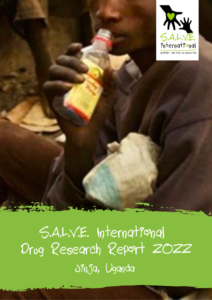S.A.L.V.E. International conducted research into drug use by street connected children between September – December 2022.
The research explored demographics and characteristics of the street connected child population of Jinja, Uganda who are using drugs. Building upon S.A.L.V.E’s drug addiction research conducted in 2015 that led S.A.L.V.E. to developing its Drug Rehabilitation programme, this study provided more up to date evidence to discover the prevalence and causes of drug abuse with this often overlooked demographic.
Conclusions of the research
This 2022 study with street connected children of Jinja, has revealed that drug use is still a big problem for this demographic. Much like previous S.A.L.V.E. studies, inhaled Mafuta (airplane fuel) is the most used drug, with 71% of drug users having tried it, and 55% claiming it as their drug of choice.
Drug use on the streets is normally initiated through social mechanisms like peer pressure and coercion, and then maintained by the desire to prevent hunger and cold, which are familiar challenges for a street connected child. The data supported that drug use was most commonly a consequence of being on the streets, rather than a cause.


Recommendations of the research
The research recommends that more funding is needed for family couselling and support services, as family problems at home are the primary reason children list for coming to the streets.
Once on the street, increased targeting and interventions for those children who are new to their street connected lifestyles could help to reduce drug use, since most children start taking drugs while on the streets and the amount of drugs they take tends to increase over time.
For future research, more should be done to make contact with street connected girls who are typically a ‘hidden’ group but still use drugs. Further education on the mechanisms that initiate drug use were also recommended.
Read more in the full version of our report.


